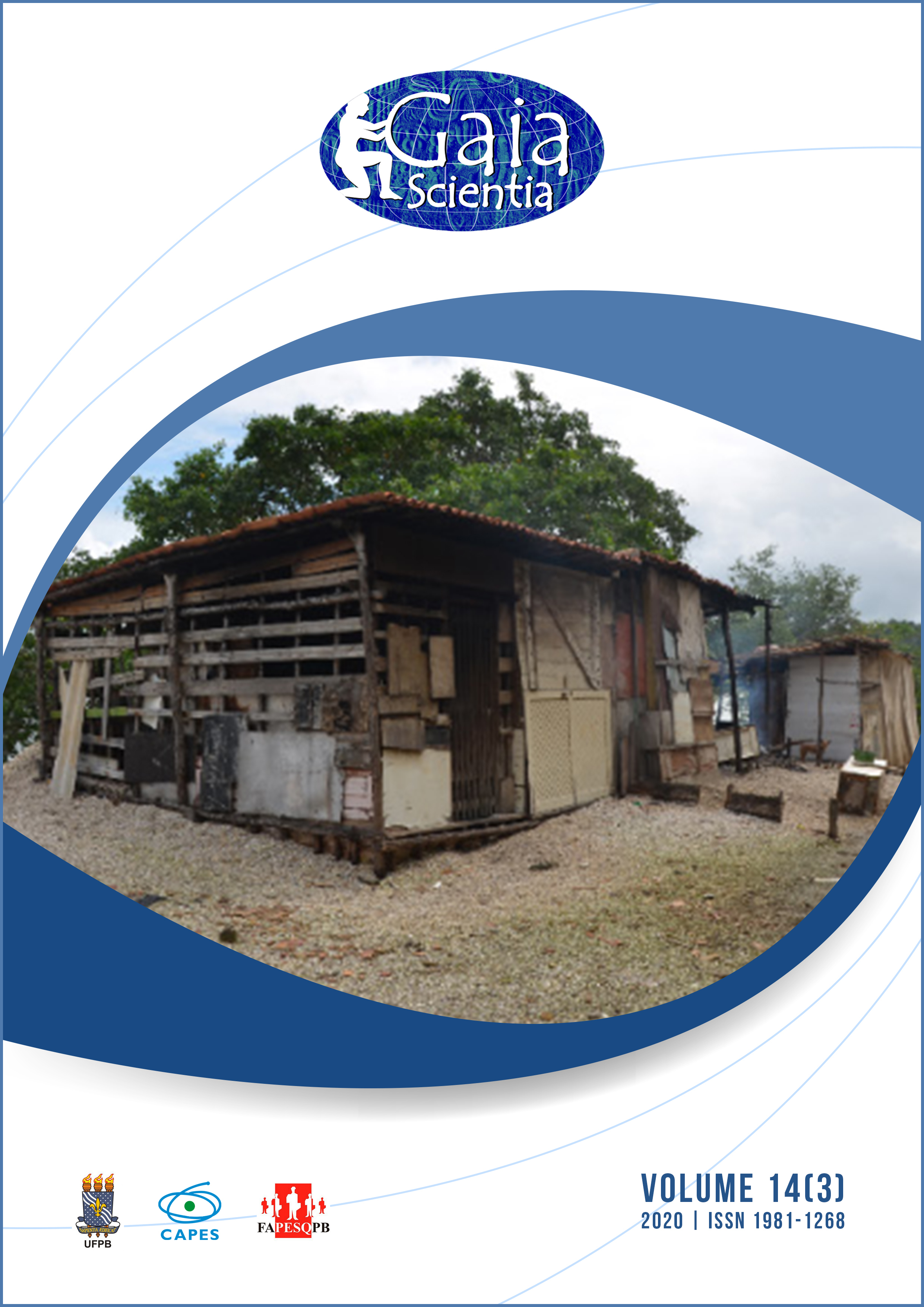Medicinal plants, uses and memory in the Village of Cajueiro, Pará
DOI:
https://doi.org/10.22478/ufpb.1981-1268.2020v14n3.52668Abstract
Traditional backyards in the Amazon represent sources of therapeutic natural resources and express knowledge related to local culture. An ethnobotanical study on uses and memory of medicinal plants was carried out in the Aldeia Indígena do Cajueiro, municipality of Paragominas, Pará. The data were obtained through non-participant observation and semi-structured interviews with local specialists, selected by rational selection. From the interviews, the importance value of the species was calculated according to each specialist. Oral History was worked on to stimulate the search for the memory of use and the knowledge preserved with traditional medicine. 39 species were identified, distributed in 22 botanical families. The species that obtained the greatest importance were cashew (Anacardium occidentale L.), mango (Mangifera indica L.), followed by pariri (Fridericia chica (Bonpl.) LGLohmann), lemon balm (Lippia alba (Mill) NE Brown). ), capim santo (Cymbopogon citratus (DC.) Stapf). The plants existing only in the memory of some of the residents brought up flaws in the transmission of biocultural information among members of the community. Changes in ways of life, alteration of the landscape and abandonment of traditional practices compromised the sharing of knowledge between specialists and residents.










